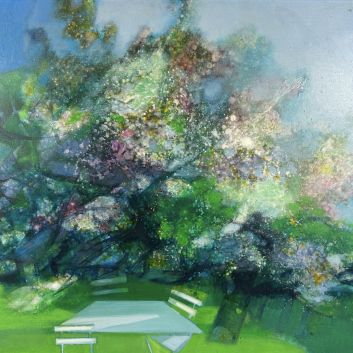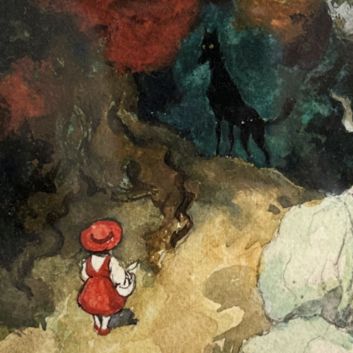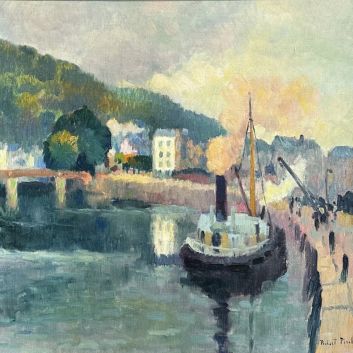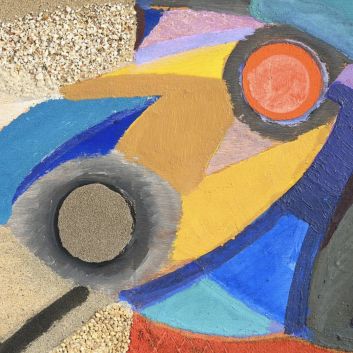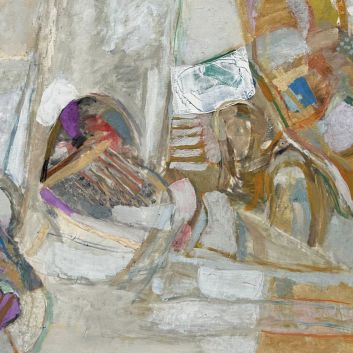Rating and value of paintings by Pierre Hodé
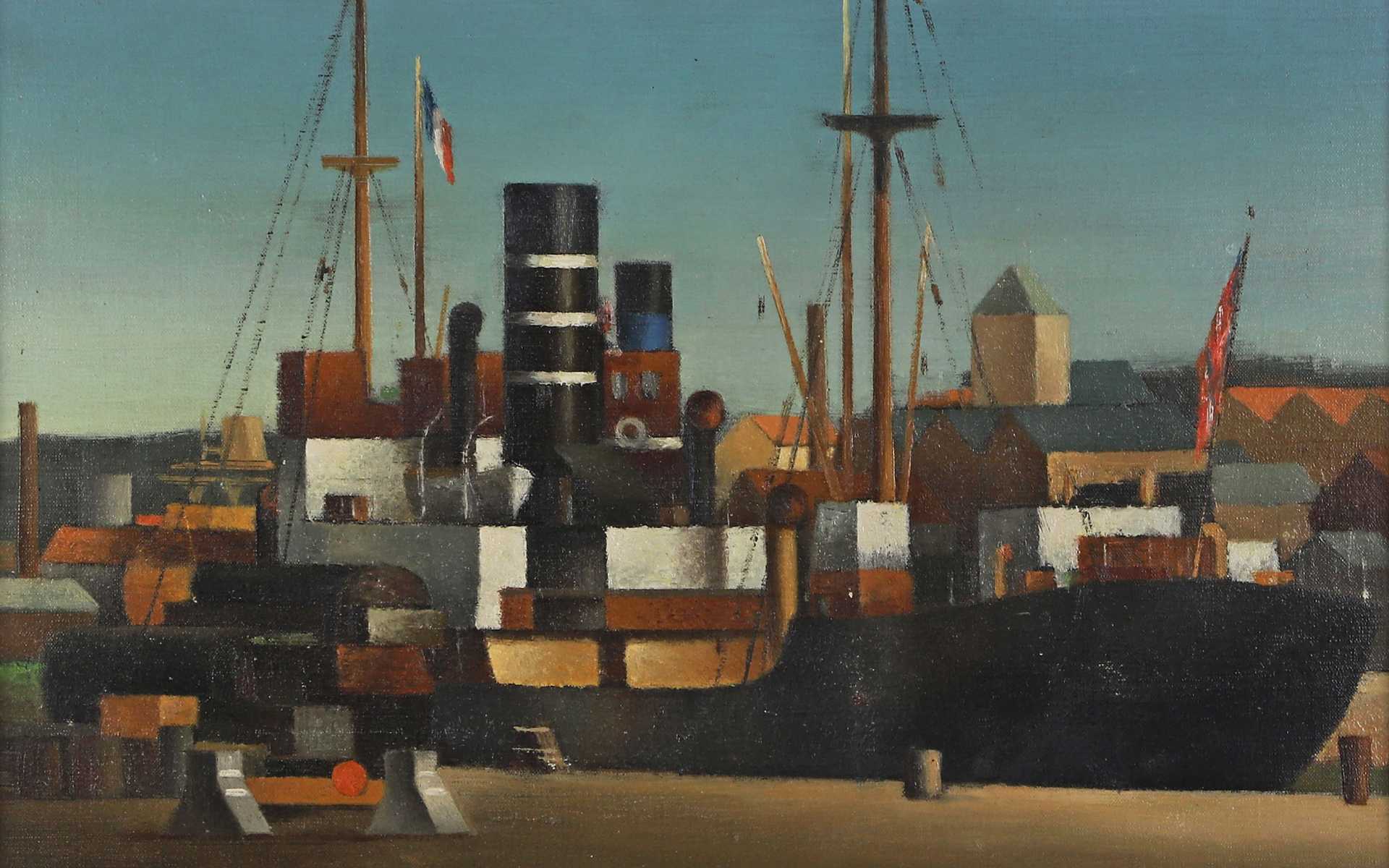
If you own a work by or based on the artist Pierre Hodé and would like to know its value, our state-approved experts and auctioneers can help you.
Our specialists will carry out a free appraisal of your work, and provide you with a precise estimate of its current market value.
Then, if you want to sell your work, we'll point you in the right direction to get the best possible price for it.
Artist's rating and value
Pierre Hodé has created a multitude of works in a variety of colors and media. The value of each piece depends on the medium used. On today's market, his paintings fetch tens of thousands of euros at auction. His drawings are less popular.
The price at which his works sell ranges from €150 to €91,500. A work by Pierre Hodé can fetch tens of thousands of euros at auction, as demonstrated by his painting Le port de Rouen, which sold for €51,000 in 2015.
Order of value from the most basic to the most prestigious
Technique used | Results |
|---|---|
Drawing - watercolor | From €150 to €15,000 |
Paint | From €210 to €91,500 |
Response in less than 24h
The works and style of Pierre Hodé
Pierre Hodé's style and technique are distinguished by a bold approach to color and composition, where the influence of Cubism and Fauvism is interwoven with a deeply personal sensibility.
His work demonstrates a rare ability to deconstruct forms without ever losing their essence, creating works where every element seems reinvented yet remains recognizable.
In his canvases, light plays a central role: it doesn't just illuminate, but seems to filter through the geometric volumes, giving the whole a vibrant depth and intensity.
Hodé's palette, often composed of flat, sharp colors, is never aggressive, but rather controlled, with each hue finding its place in a striking visual harmony. His compositions, while dynamic and in perpetual motion, retain a certain restraint that evokes a form of contemplation.
Hodé doesn't just follow the major artistic trends of his time; he interprets and reinvents them, striking a balance between abstraction and realism.
His work, at once modern and imbued with a discreet classicism, is the fruit of a constant search for new ways of expressing reality through refined forms and restrained expressivity.
This quest for formal balance, combining geometric rigor and vibrant color, makes Pierre Hodé a unique figure on the artistic landscape, where innovation and tradition coexist with a rare fluidity.
In his quest for singular artistic expression, Pierre Hodé follows in the footsteps of artists who, like him, have combined color, geometry and abstraction with finesse.
As such, he shares affinities with Albert Gleizes and André Lhotewhose Cubist approach, though different, is characterized by a shared desire to break down forms to reveal a new visual harmony.
Hodé's research takes on a more fluid, less angular character than Gleizes', but just as rigorous in the construction of volumes.
Hodé can also be compared to Raoul Dufyparticularly in their use of vibrant colors and their ability to infuse carefully crafted compositions with an apparent lightness.
Hodé's palette, vibrant and luminous, finds a subtle echo in Dufy's, with the same chromatic freedom that brings scenes to life while retaining an underlying rigor.
However, where Fernand Léger moves towards an almost mechanical monumentality in his cubist compositions, Hodé favors softer forms, more intimately linked to nature and movement, bringing him closer to a Robert Delaunay.
Like the latter, Hodé explores light with particular delicacy, playing it through his geometric volumes to create a depth that transcends simple representation.
In short, Pierre Hodé stands out for his ability to integrate these influences while retaining his own identity, balancing tradition and innovation in an approach that combines great formal freedom with a luminous, organic sensibility.
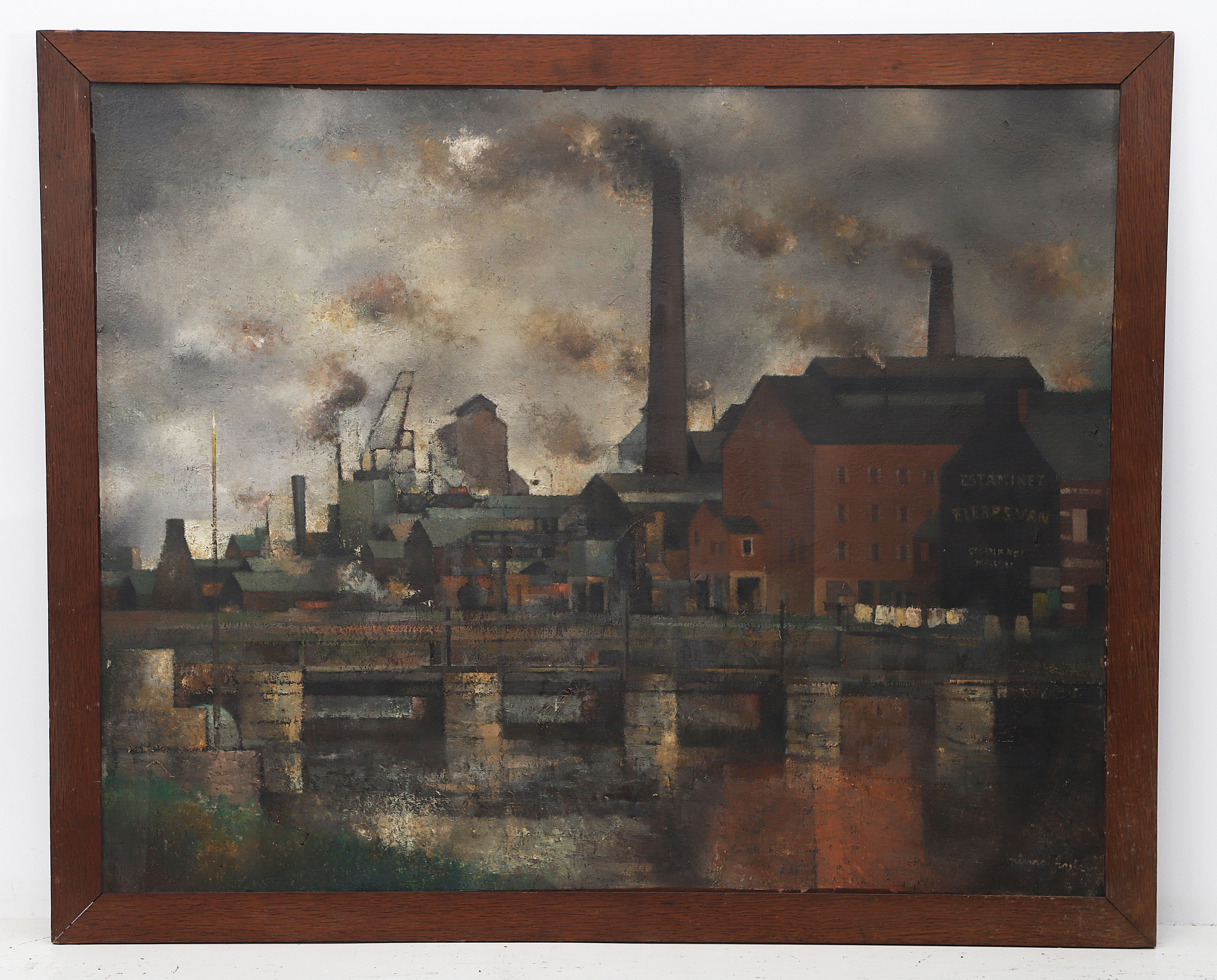
The life of Pierre Hodé
Pierre Hodé (1889-1942) was a French painter who marked the early 20th century with his singular approach to cubism and abstraction. Born in Le Havre, he trained at the École des Beaux-Arts in his native town before moving to Paris, where he frequented avant-garde artistic circles.
In the 1910s, he began exhibiting his first works, influenced by Impressionism and Fauvism, before turning to a more personal style, marked by geometric forms.
In 1923, Hodé joined the group of artists gathered around the Berthe Weill gallery, where he made a name for himself with his bold use of color and resolutely modern compositions.
His work quickly evolved into an original synthesis between cubism and lyrical abstraction, where geometric forms are articulated in subtle harmony.
Inspired by his travels in North Africa, he incorporates elements of light and movement into his work, while maintaining a rigorous construction.
Pierre Hodé enjoyed growing success, exhibiting both in Paris and abroad, notably in Brussels and New York. His balanced compositions, in which color plays a central role, earned him praise from influential critics, who hailed the technical mastery and sensitivity of his art.
While Hodé's work is sometimes compared to that of contemporaries such as Albert Gleizes or André Lhote, he is distinguished by a more intuitive approach, revealing an emotional depth behind the formal rigor.
Pierre Hodé died prematurely in 1942, leaving behind a rich and complex body of work that continues to inspire and fascinate with its quest for an aesthetic that is both modern and timeless.
Gris, for example, will focus more on technique and composition.
He died in Boulogne Billancourt in 1927.
Focus on Pierre Hodé's cubist boat
This work by Pierre Hodé, with its cubic shapes and carefully chosen hues, plunges us into a harbor landscape where harmony reigns supreme.
The silhouettes of the ships, adorned with black and white smokestacks, stand out against a pale sky, creating an atmosphere where modern industry blends with the tranquility of a moment frozen in time.
The earthy, metallic colors favored by the artist reinforce the impression of robustness and solidity. Shades of brown, gray and black intertwine, highlighting the utilitarian aspect of the boats and buildings, while each element seems to be part of a perfectly orchestrated architectural composition.
The Cubist influence can be seen in the way Hodé breaks down shapes, playing with the vertical lines of the masts against the horizontal lines of the docks.
This confrontation creates a play of visual tensions that energizes the work, while lending it a certain monumentality.
In this canvas, Hodé doesn't just reproduce a seascape; he invites us into a profound contemplation of the industrial city in its geometric essence.
The coldness of steel and coal invites itself into the viewer's gaze, while the rigor of form evokes the quiet power of modernity.
In short, Pierre Hodé's refined style and masterful technique transform a simple port into a space for reflection, where the austere beauty of industry unfolds before our eyes, inviting us to feel and appreciate the multiple dimensions of his art.
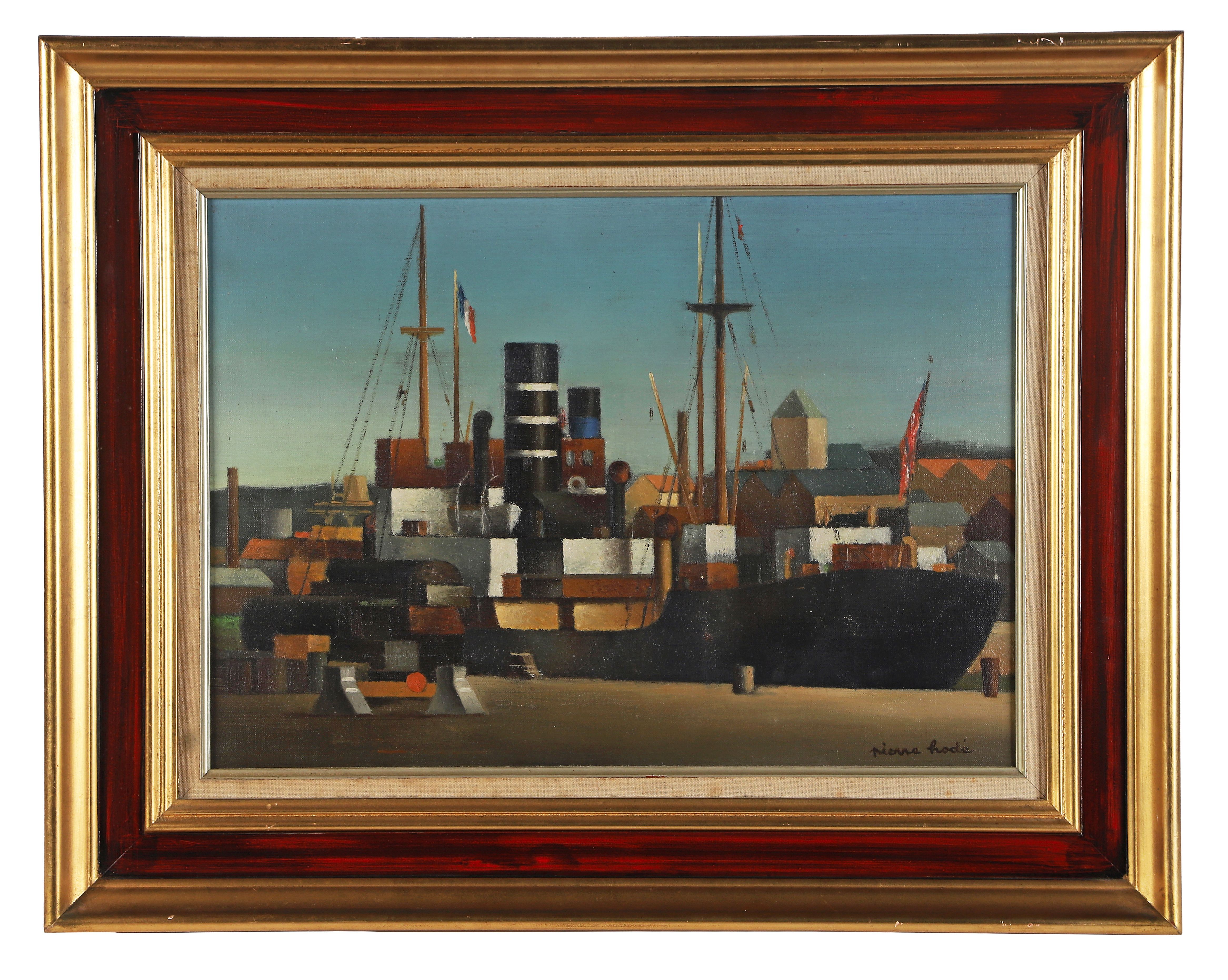
Pierre Hodé's imprint on his era
Pierre Hodé left a discreet but decisive mark on the art of his time. His painting, marked by an attachment to geometric forms and color harmonies, reflects an artist in search of a balance between tradition and modernity.
Although he never sought to provoke or violently upset convention, his work is distinguished by an elegant sobriety that brings him close to painters such as Roger de La Fresnaye and Albert Gleizes.
Far from the excesses and radicalisms of certain avant-garde movements, Hodé favors a thoughtful, measured approach, where every composition seems weighed, every color carefully considered.
His art, imbued with a certain restraint, bears witness to a time when experimentation remained fundamental, but when some, like him, chose to move forward with subtlety rather than rupture. He thus remains an important figure of his time, leaving behind a body of work that is as discreet as it is inescapable.
His signature
Not all Pierre Hodé's works are signed. They can often be found at the bottom of the drawing or painting.

Appraising your property
If you happen to own a painting by or after Pierre Hodé, don't hesitate to ask for a free estimate by filling in our form on our website.
A member of our team of experts and chartered auctioneers will contact you promptly to give you an estimate of the value of your work, and will ensure that you receive all the relevant information about it.
If you're thinking of selling your work of art, our specialists can also help you find alternatives to sell it at the best possible price, taking into account the market's inclinations and specificities.
Response in less than 24h
Related topics
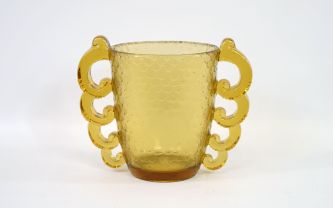
Estimate, quotation of works, pâte de verre vases, D vase...
Daum produces glassware in series, and has brought glass paste back into fashion. Daum's market value is stable. Estimation in 24h.
Read more >
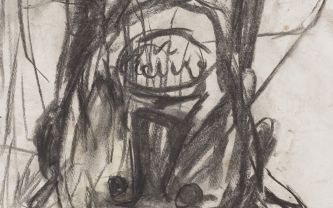
Rating and value of works, drawings, paintings by Georg Base...
Georg Baselitz, a 20th-century painter from Berlin, is highly regarded on the auction market, and the prices of his works are constantly on the rise.
Read more >
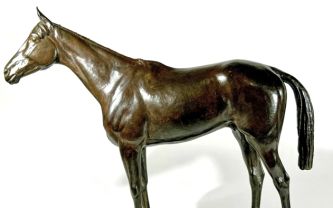
Cote et valeur 2024 des bronzes, sculptures de Georges Malis...
Georges Malissard is a twentieth-century French animal sculptor whose works are highly valued at auction.
Read more >
Secure site, anonymity preserved
State-approved auctioneer and expert
Free, certified estimates
